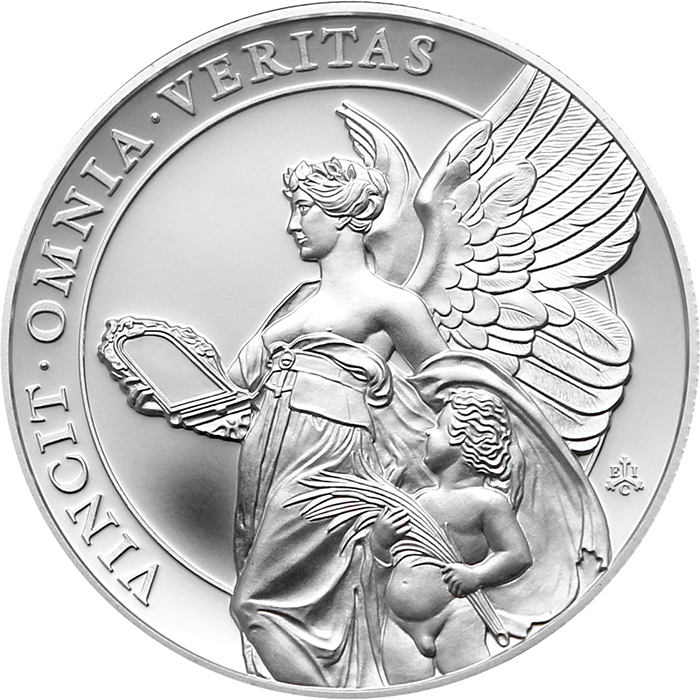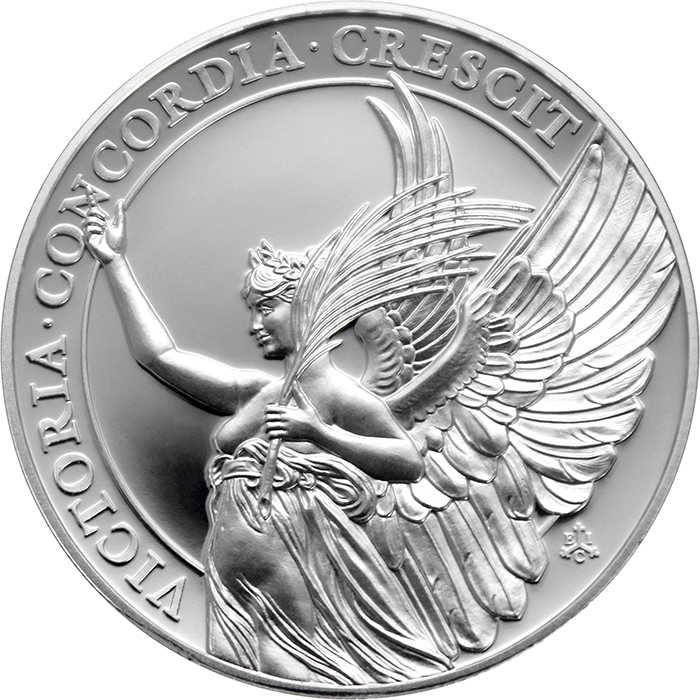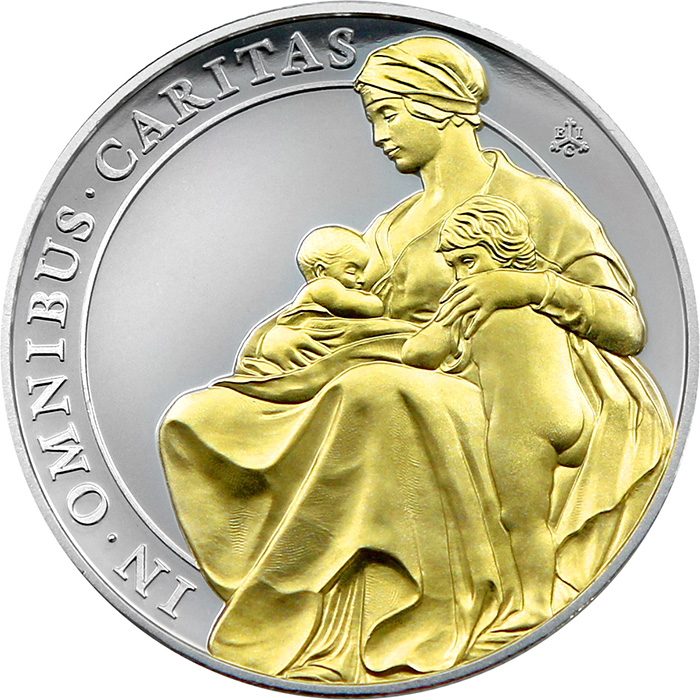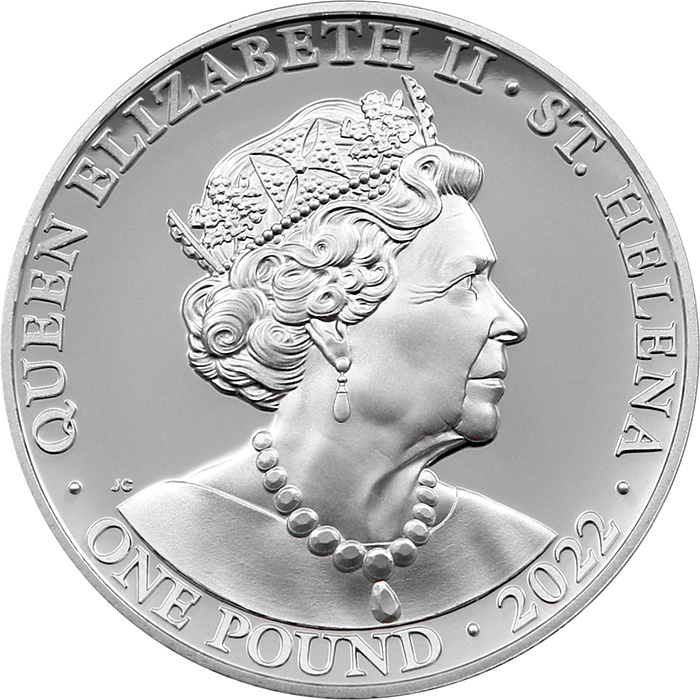The Queen's Virtues series
The six-part series The Queen's Virtues is based on the allegorical figures of Queen Victoria's monument outside Buckingham Palace. The individual statues embody the virtues of the monarch - Victory, Truth, Charity, Justice, Courage, Constancy.
The construction of the monumental memorial to Queen Victoria in London was initiated by Edward VII after the death of his mother in 1901. A designated parliamentary committee chose a site for the memorial at the end of the ceremonial route of the Mall, outside the gates of Buckingham Palace. Following a competitive process, the sculptor Thomas Brock was commissioned to design and build the memorial. The estimated cost was estimated at £200,000. Funds raised came from across the British Empire and from the public. The unveiling ceremony took place on 16 March 1911 in the presence of two of the Queen's grandsons - King George V and Kaiser Wilhelm II of Germany. The memorial was not fully completed until 1924.
The symbolism of the memorial is dedicated to the qualities of Queen Victoria that made her great and beloved. At the top of the central pylon, a winged Victory stands on the globe as a gilded goddess with a palm branch. Below her are gilded personifications of Constancy with a compass pointing north and Courage holding a staff. A pair of eagles with outstretched wings in the lower tier symbolize the British Empire. The central sculpture immortalises a seated Queen Victoria looking out over the Mall. The adjacent statues depict Justice, Truth and Motherhood/Charity.
The monument is circular in plan and is defined by opposing fountains and staircases leading to a raised platform. Two bronze sculptures complementing the decoration of the fountains embody Sea Power and Military Power, Science and Art. The reliefs represent mythological figures of the watery realm, linking with a number of other sculptural references to Britain's naval superpower. Each side of the pair of staircases is guarded by four separate bronze sculptures of a man accompanied by a lion. A woman with an olive branch depicts Peace, a young man with a burning torch depicts Development, a peasant woman with a sickle and sheaf of grain depicts Agriculture, and a blacksmith with a hammer and scroll documents Production.







































